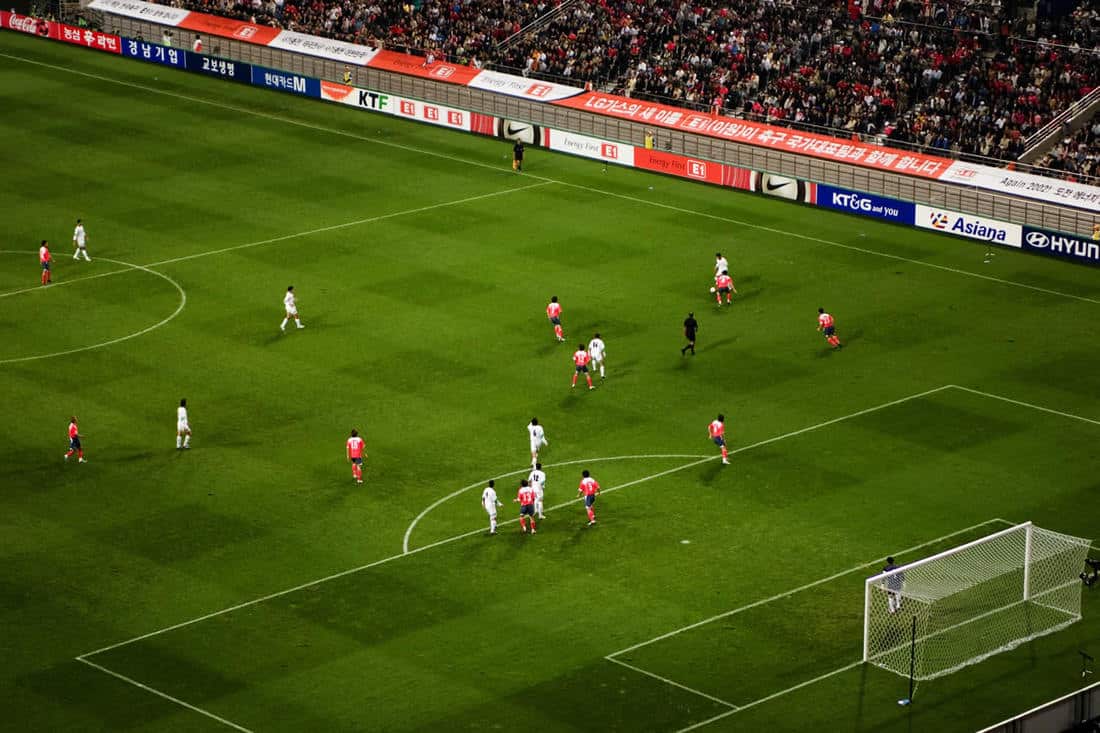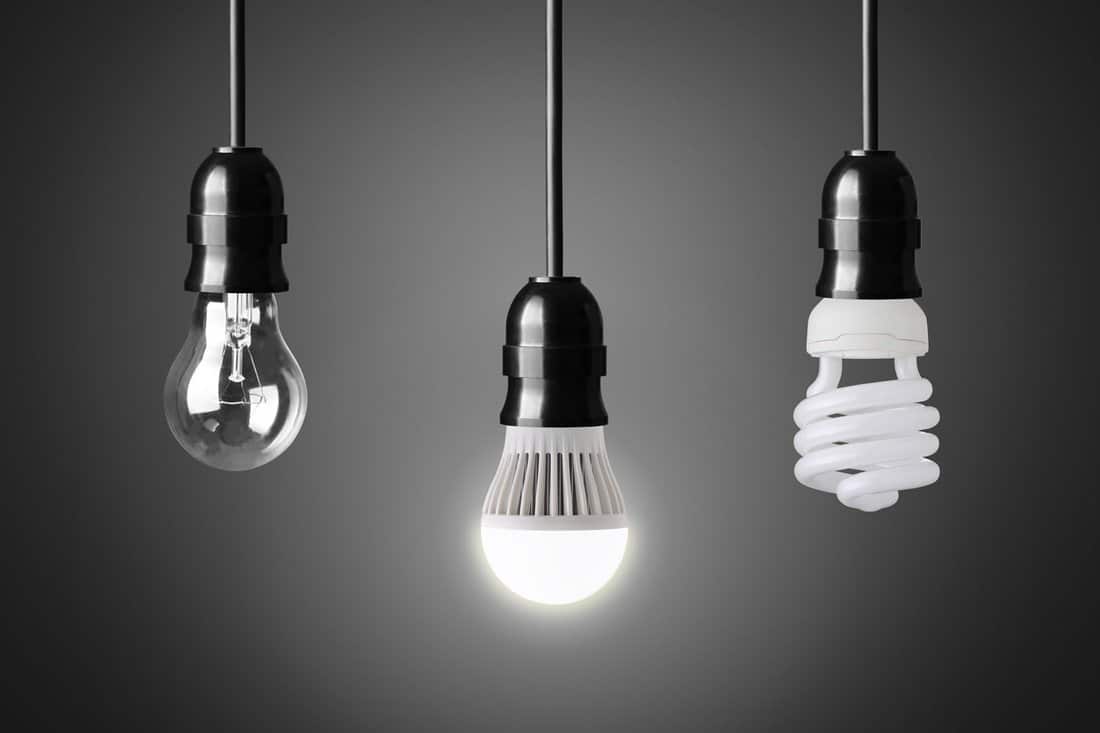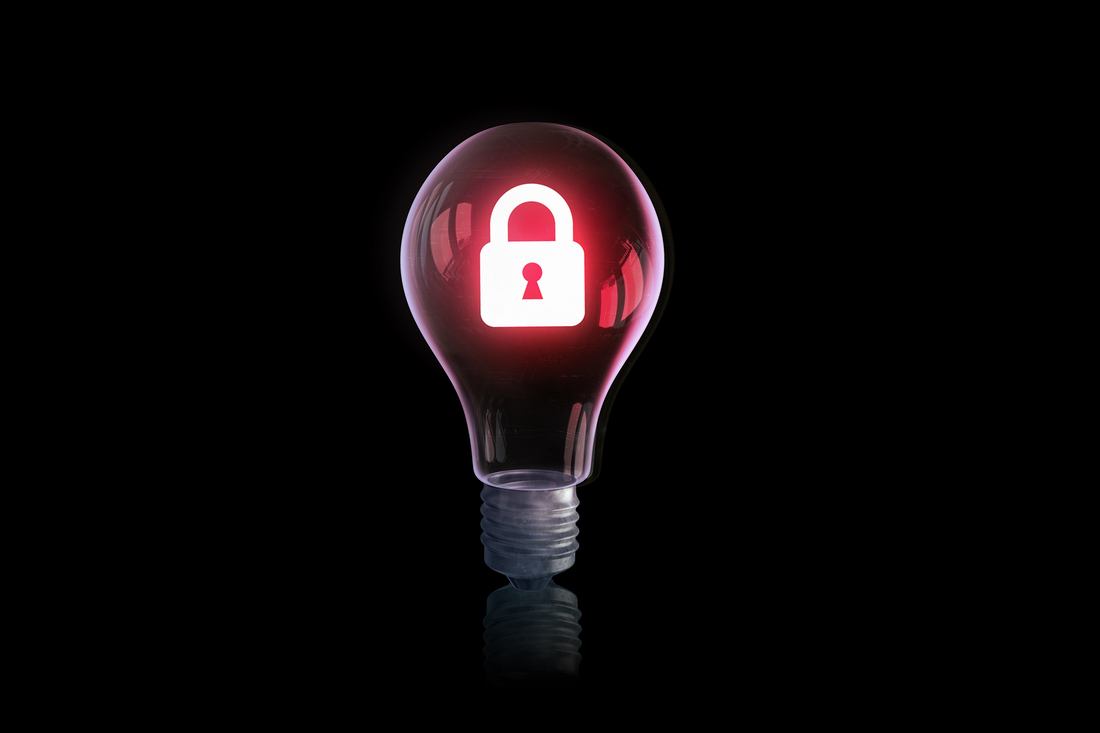The sail area of LED light can be understood by thinking of a ships’ sails. When the sails are up (greater sail area), they catch the wind, and the boat moves forward. When the sails are down (lower sail area), there is much less resistance to the wind and therefore the boat doesn’t move. In… Continue reading What is sail area for LED lighting and does it matter?
Tag: LED
Converting metal halides to LED by replacing bulbs
We often get asked the question ‘Can I replace metal halide bulbs with LED bulbs in the same fitting?’ Whilst this would be nice and convenient it is unfortunately not possible at present. That is not to say it will never be possible. As most of us over-30-year-olds can testify, things that were totally impossible are suddenly… Continue reading Converting metal halides to LED by replacing bulbs
What lighting levels are required for sport and how is it regulated?
On the field, lighting levels are measured with a light, or lux, meter. The results are expressed in Lux (lumens/m2) or foot candles (lumens/ft2). This gives an objective measurement of the amount of light at a specific point. However, prior to achieving this, the layout is planned using a digital file called an IES file.… Continue reading What lighting levels are required for sport and how is it regulated?
Can I replace 2kW metal halide fittings 1 for 1 with LED for sport applications?
Sport lighting is a specialised and complex science. The lighting level, evenness, glare, CRI, heights and spill-light control are all aspects the designer has to take into account and all these parameters vary depending on the application. For a game where the ball is small and fast moving, like tennis, high lighting levels are required… Continue reading Can I replace 2kW metal halide fittings 1 for 1 with LED for sport applications?
What is the difference between halogen, HID, metal halide and LED lamps in sport applications?
There are currently three main forms of lighting used in sport applications. Filament (halogen), discharge (metal halide and HID) and LED. All have benefits and disadvantages in certain circumstances and it’s important to understand these when considering an upgrade or changing lights. Traditional halogen lamps use a filament which heats up as the electricity passes… Continue reading What is the difference between halogen, HID, metal halide and LED lamps in sport applications?
How energy efficient are LED fittings compared to 2kW Metal Halide for sports fields?
When we (those of us over 40) think of an LED we tend to think of a little glowing diode on a pc board or electronic toy and register the fact the LED draws very little power. While this may be correct for a single diode, when we ramp things up 10W of power is… Continue reading How energy efficient are LED fittings compared to 2kW Metal Halide for sports fields?
What are the disadvantages of LED sport lighting?
We often hear in the press and trade magazines about the (supposed) benefits of LED lighting. So the, what about the down-sides? Is it really that amazing, and if so, why hasn’t every sports field in the country changed over yet? Why are there new fields being made that still have the dreaded old technology… Continue reading What are the disadvantages of LED sport lighting?
What are the benefits of LED lighting in sport applications?
Firstly, let’s get one myth out of the way. That is the belief that LED automatically will be more efficient and longer lasting than their dinosaur relatives, metal halide. As it turns out this more frequently false than it is true. Now that’s not because LED is bad or inefficient, but in high-power applications like… Continue reading What are the benefits of LED lighting in sport applications?







